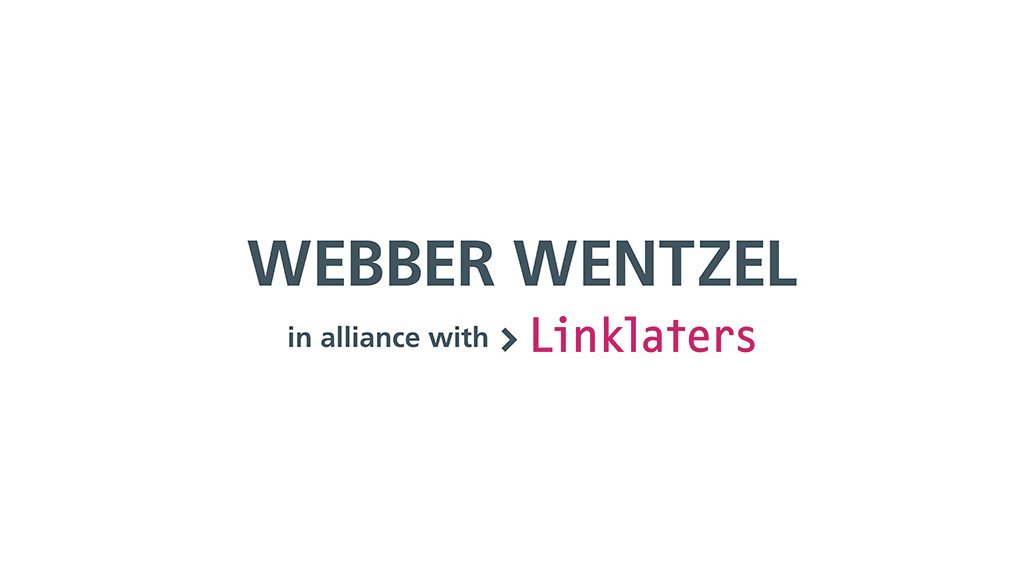The Major Hazard Installation (MHI) Regulations were published in January 2023, repealing the 2001 MHI Regulations. Webber Wentzel previously published an article outlining key timelines for compliance with the amended MHI Regulations. The MHI Regulations should be read together with the published Explanatory Note, which provides guidance to duty holders on interpreting the MHI Regulations and ensuring compliance.
The implementation of the MHI Regulations follows a staged approach over 36 months, with duty holders expected to have already complied with several obligations while others take effect by January 2026. Duty holders should be carefully tracking their progress to ensure that any actions requiring time for implementation are properly planned.
Obligations already in force and which duty holders can be assessed against
By now, the following steps should have been completed by duty holders and embedded into safety management systems:
Designation of a competent, responsible person or persons (with the appropriate qualifications in high hazard establishments) in full-time capacity to monitor compliance with the OHSA and MHI Regulations.
Reviewing and updating emergency plans for existing establishments to ensure alignment with SANS 1514.
Training on the MHI Regulations and general good practice for employees involved in the processing, handling and storage of hazardous substances. There are three types of training provided for in the explanatory note (i) general awareness/familiarisation training (ii) induction training and (iii) function-specific training. The training must be periodically reviewed and supplemented with refresher training being carried out periodically and at least every 12 months. Training must also be provided when there is a change in the establishment or when the MHI risk assessment has been revised.
Submission of the updated notifications of existing establishments to the relevant chief director and local government by 31 January 2025. This submission should have included the various required documents such as the permission on land use, letter of appointment of the competent person, inventory lists, most recent risk assessment, site maps and information regarding neighbours within the impact zone. Once registered, the duty holder must conspicuously display the certificate of registration.
The MHI Regulations prescribe that failure by a duty holder to comply with the MHI Regulations, including obligations that were required to be met by the end of January 2025, constitutes an offence. Upon conviction, penalties may include fines ranging from ZAR 500,000 to ZAR 5,000,000 or imprisonment for a period not exceeding 24 months.
Future compliance obligations
Looking ahead, the MHI Regulations require High Hazard Establishments to meet certain obligations by 31 January 2026. The following compliance obligations should remain a priority for High Hazard Establishments:
Scope of application and exemptions
Establishments that were previously classified as MHIs under the repealed 2001 MHI Regulations but no longer meet the definition under the amended MHI Regulations must take steps for reclassification, as outlined in the Transition Strategy detailed in the Explanatory Note. The Transition Strategy, a new concept introduced in the Explanatory Note, is not referenced in the MHI Regulations themselves. It seeks to address specific transitional arrangements for establishments that require re-evaluation in light of the amendments.
For de-classification and de-registration, duty holders must submit an exit report generated by an approved inspection authority (AIA), the prescribed Form A, various additional documents as specified in the Transition Strategy, and local government support documentation. These must be submitted to the Provincial Operations for approval.
The Explanatory Note specifies that certain establishments may fall outside of the scope of the MHI Regulations, including those excluded under Regulation 2(6), which precludes nuclear installations governed by the Nuclear Energy Act 131 of 1993. These are characterised by hazards created by ionising radiation or where ionising radiation is present in a nuclear establishment. However, the enforceability of these exclusions is in question, as the Explanatory Note is not legally binding. Other establishments that fall outside the scope of application of the MHI Regulations are offshore establishments; mining establishments; transport of dangerous substances in transit and outside establishments (governed by separate legislation); and establishments operated within military, civil, and aviation sectors.
While the MHI Regulations generally apply to all MHIs, low and medium-hazard establishments are not required to prepare safety reports or apply for a licence to operate. Additionally, low-hazard establishments are exempt from developing a major hazard prevention policy.
Duty holders must track key compliance deadlines and ensure ongoing compliance, as contravention of the MHI Regulations may result in fines or imprisonment. Furthermore, an inspector may determine that a duty holder’s non-compliance exposes employees to a health or safety risk and may prohibit the use of the plant, workplace, or machinery until compliance is achieved. There are significant operational and legal risks associated with non-compliance with the MHI Regulations.
Written by Kate Collier, Partner, Mbali Nkosi, Senior Associate & Mufaro Sambaza, Candidate Attorney at Webber Wentzel
EMAIL THIS ARTICLE SAVE THIS ARTICLE ARTICLE ENQUIRY
To subscribe email subscriptions@creamermedia.co.za or click here
To advertise email advertising@creamermedia.co.za or click here











